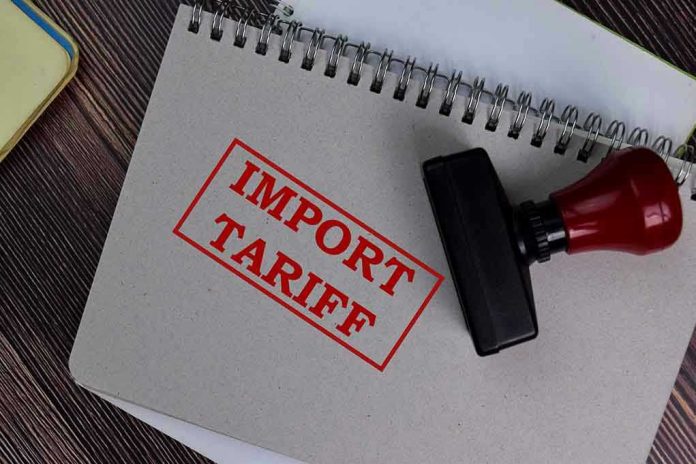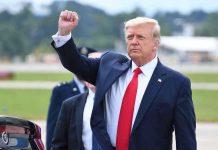
Inflation in the U.S. surged by 3% in September 2025, coinciding with President Trump’s controversial tariff war against Canada, raising questions about the economic cost of protectionist policies.
Story Overview
- U.S. inflation rose by 3% in September 2025 amid a tariff war with Canada.
- Trump imposed tariffs citing trade deficits and border security.
- Canada retaliated with its own tariffs, escalating economic tensions.
- Trump defended the tariffs as beneficial for U.S. manufacturing and security.
U.S.-Canada Trade Dispute Escalates
In February 2025, President Trump signed orders for 25% tariffs on most Canadian imports, with a 10% rate applied to oil and energy. The tariffs took effect in March, prompting Canada to impose retaliatory tariffs. The trade dispute intensified as Trump announced a tariff increase to 35% in July, effective August 1. These measures, aimed at reducing the trade deficit and addressing border security and fentanyl smuggling, have had significant economic impacts.
Canada’s response included imposing tariffs on key U.S. exports, such as steel, aluminum, and autos. Although some retaliatory tariffs were lifted in September, these industries continue to feel the strain. The U.S. tariffs remain at 35%, with Trump canceling trade negotiations in October after a political disagreement. The ongoing tensions have disrupted North American trade, affecting prices and economic stability.
Inflationary Pressures and Economic Impact
The direct correlation between the imposition of tariffs and the inflation spike is evident. The 3% inflation increase in September is attributed to higher import costs and supply chain disruptions. Consumer prices have risen, particularly for goods reliant on cross-border trade, creating uncertainty for businesses and investors. The long-term implications could include a restructuring of North American supply chains and a prolonged trade conflict that undermines the USMCA framework.
North American manufacturers, especially in the automotive, steel, and agricultural sectors, are among the most affected. Consumers face higher prices, while workers in export-dependent industries may experience job insecurity. The tariffs have strained diplomatic relations and increased political polarization over trade and economic policy.
Expert Analysis and Perspectives
Economists warn that tariffs disrupt trade and upend supply chains, leading to increased consumer prices. Trade analysts highlight the risk of undermining the USMCA and damaging North American competitiveness. Scholars note the historical ineffectiveness of tariffs in reducing trade deficits and their tendency to provoke retaliation. Policy experts emphasize the importance of stable trade relations for economic growth.
The U.S. administration frames tariffs as necessary for national security and economic fairness, while Canadian and Mexican leaders view them as unjustified and harmful. Major news agencies and government releases consistently report on the economic risks and political tensions resulting from the tariff war.
Sources:
Wikipedia: 2025 United States trade war with Canada and Mexico
Blakes: U.S.-Canada Tariffs Timeline of Key Dates and Documents
Canada.ca: Canada’s Response to U.S. Tariffs












